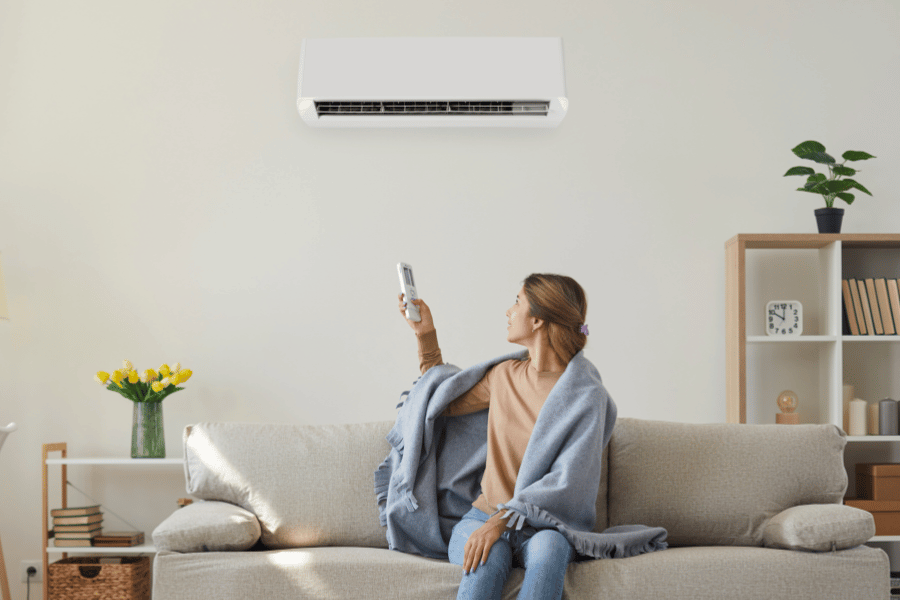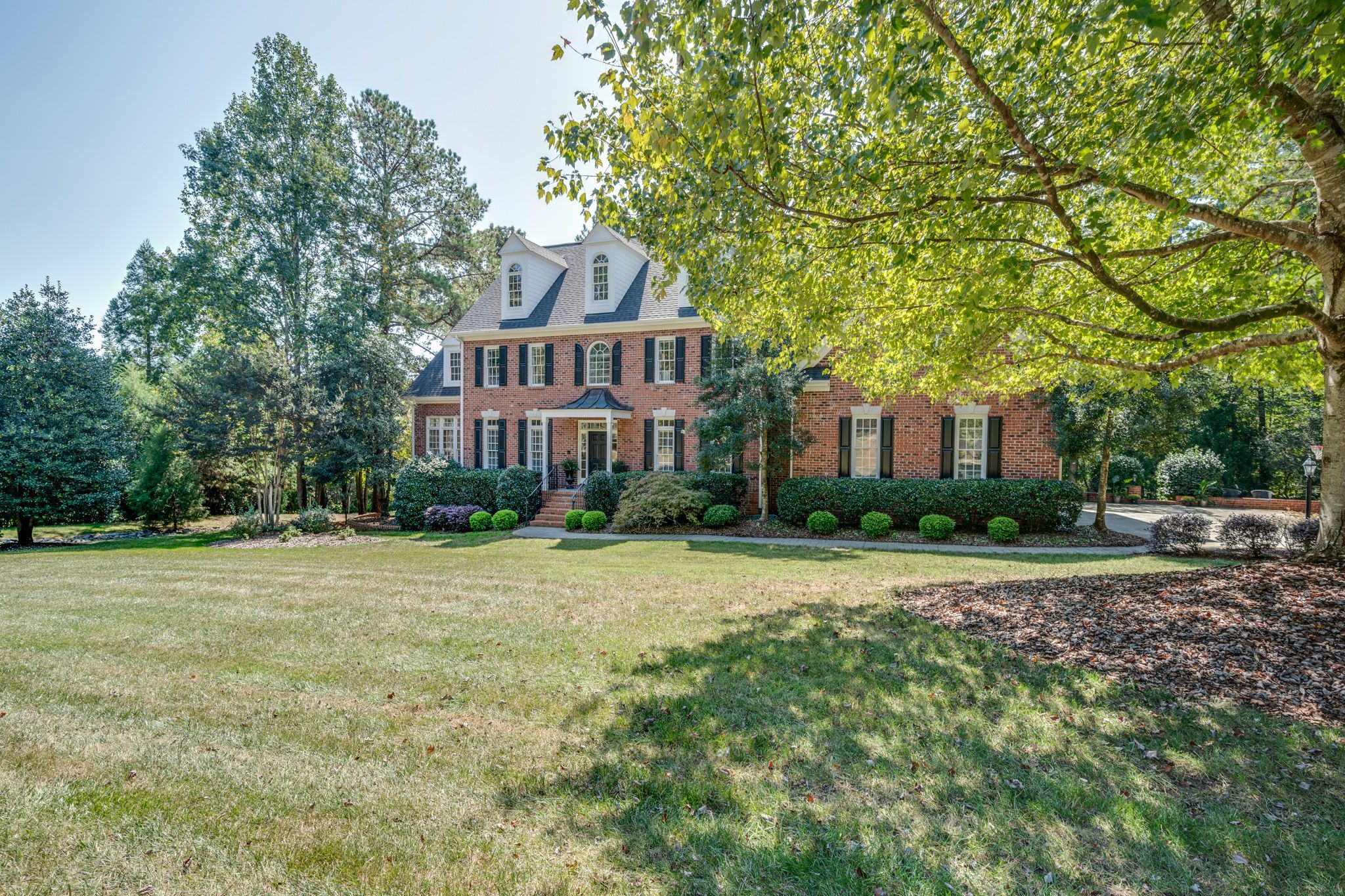10 Tips to Cut Cooling Costs
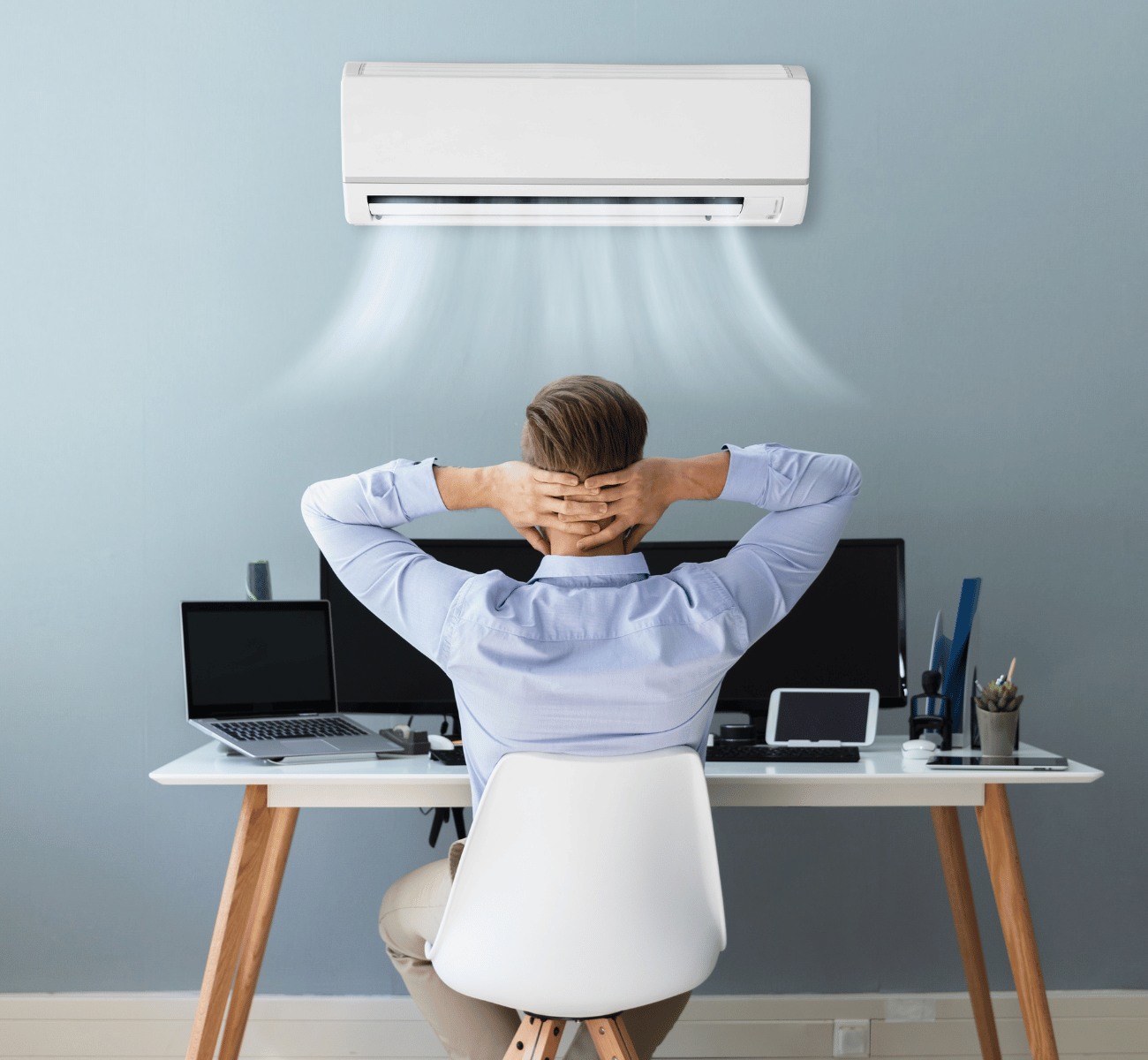
10 Tips to Cut Cooling Costs
Are you considering ways to reduce your cooling costs? Follow this easy guide of ten tips to cut cooling costs.
The summer months can be filled with fun days and high energy bills in the sunshine. As summer days get hotter and hotter, air conditioning is what most homeowners look forward to after a long day in the sun. However, cooling costs have skyrocketed as the temperatures rise.
Running your air conditioner for extended periods of time will cause your energy bills to rise astronomically. Air conditioners use about 6% of all the electricity produced in the United States, adding up to an annual cost of approximately $29 billion to homeowners. Not only does this have a large impact on the environment, but on your wallet as well.
If this is your first home, you may be surprised by hidden costs like utility costs, HOA fees, and interest rates. It would be best if you were prepared to cut down costs in several expense categories.
With an increase in people working from home, it can be hard to find a comfortable temperature that doesn't break the bank. Luckily, there are many cost-effective ways to keep your home comfortable and cool.
Each of these tips is best used all together to effectively cut down on cooling costs during the summer months. Being a first-time homeowner may seem intimidating, but it doesn't have to be; ensure you follow these simple tips to keep your home cool and money in your pocket.
Keep reading to learn all about how to cut cooling costs.
Chapters
1. Install a programmable thermostat
Most manual thermostats need to be adjusted by the homeowner, which can cause high cooling costs. Switching to a programmable or smart thermostat will greatly decrease your cooling costs with its automated energy-saving ability.
Programmable thermostats are set to increase and decrease the temperature automatically. All you have to do is set a specific temperature for different times of the day, and the thermostat will do the rest of the work.
Programmable thermostats are a great alternative for those who aren't home often or don't want to adjust the temperature constantly. Be mindful of the specific temperatures you use.
According to the Department of Energy, you can save up to 10% per year on heating and cooling by lowering your thermostat by 7-10°F from its normal setting for 8 hours a day.
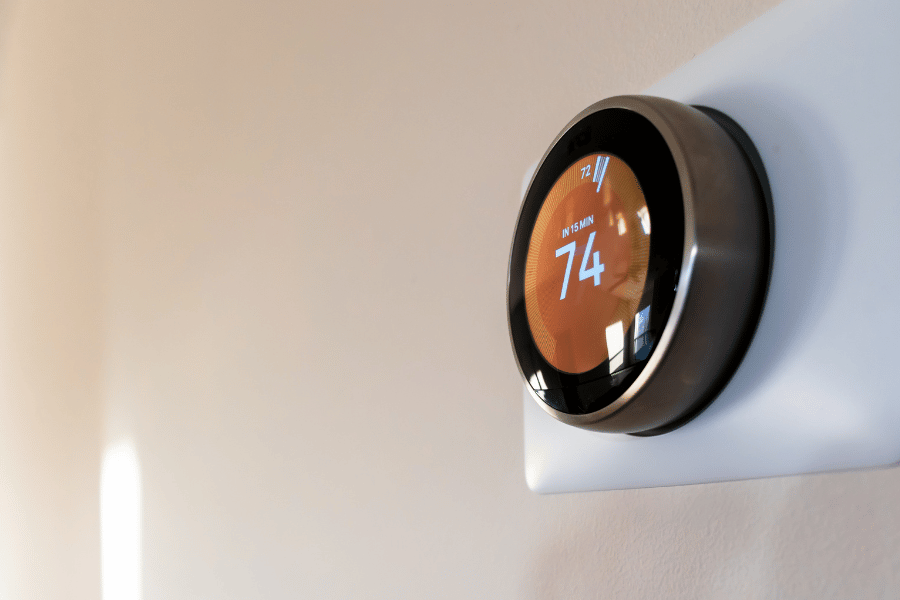
2. Close curtains and blinds
The most simple way to cut cooling costs is to close curtains and blinds. When curtains and blinds are open, they let in a lot of heat from the sun. This way, you can keep your home cooler and keep out the heat without adjusting the thermostat.
White or light-colored curtains and blinds are known to reflect heat and light away the best. This way, you can still enjoy light but with less impact on the temperature indoors.
3. Seal cracks and gaps
Before you move into your new home, you can get a head start on cutting cooling costs by sealing any cracks or gaps in windows, door frames, or other openings. You should find information about these in your inspection report. These small cracks can allow cool air to escape and hot air to enter your home.
If you are all moved in, it is advisable to do a walk-through of your home to spot any cracks or gaps. This will greatly improve the airtightness of your home and lessen the work of your air conditioning system.
4. Use ceiling fans
Another simple but effective way to cut cooling costs is using your ceiling fans. Combined with your air conditioning, ceiling fans will help to spread the cool air throughout the home evenly.
Be aware that leaving your ceiling fan on at all times can increase your energy bill. If you leave the home for an extended amount of time, turn off any unnecessary fans.
If you work from home or spend most of your time in one room, consider investing in a portable fan to blow cool air directly on you or the room. Again, make sure to turn them off when you don't need them.
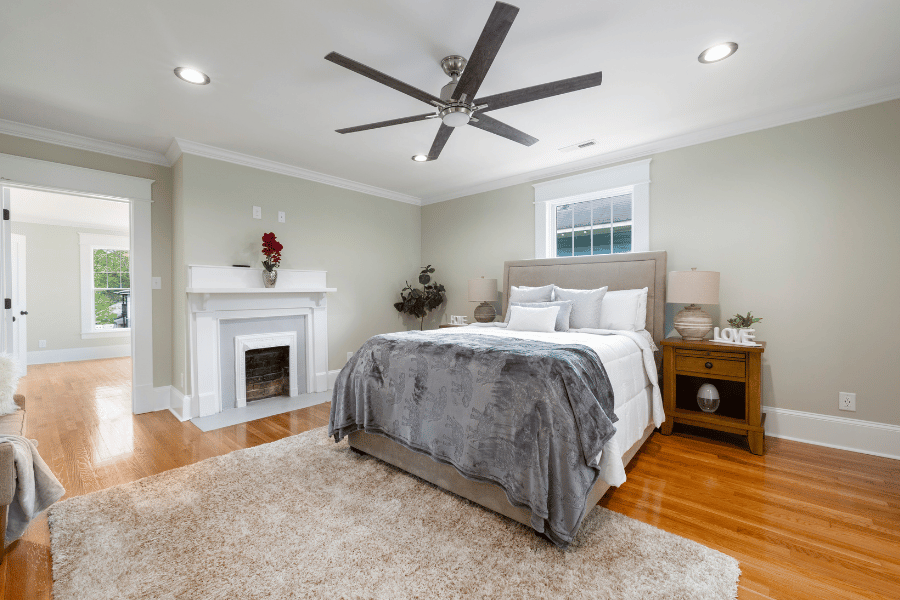
5. Clean or replace air filters
As most homeowners know, dirty air filters can block airflow and cause your air conditioning unit to become useless. All you need to do is routinely check your filters and clean or replace them if needed.
One of the first things you should do immediately after moving into a new home is to check your air filters. This may have been checked by the previous owners, but you should check on your own as well to ensure they are clean. This will significantly improve the efficiency of your HVAC system.
6. Install weather stripping
Along with checking for cracks and gaps throughout the home, you should install weather stripping to reduce the cool air escape and warm air entering. Focus on the "weather side" of your home; this is where winds typically come from during the cool and hot months.
Air infiltration can cost you up to $54 per year in heating and cooling costs, and weather stripping isn't a difficult or expensive task. This may not seem like much, but it is too easily avoidable to be spending your extra cash on.
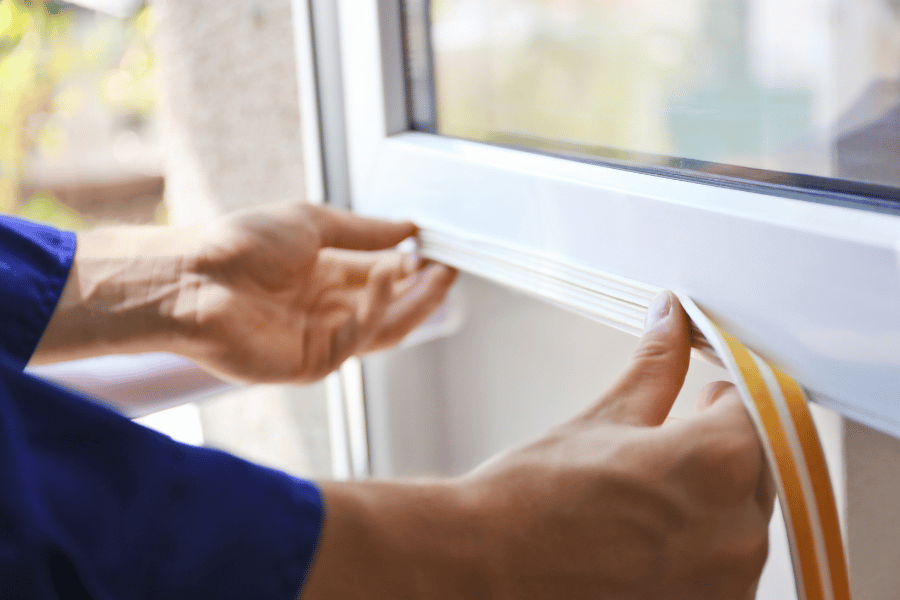
7. Insulate the attic
Surprisingly, 90% of attics in the U.S. are under-insulated. This leads to many issues with blocking heat transfer between the outside environment and inside your home. If your attic is properly insulated, it will minimize the workload of your air conditioning system, saving you tons of extra money.
On average, it costs between $1 and $7 per square foot to insulate an attic. This includes materials but will vary depending on the size of your attic, insulation type, and several other factors. This is another factor to keep in mind while going over your inspection report: ensure your home is properly insulated before the summer months to cut cooling costs.
8. Install heat control window film
Heat control window film will reflect the sun's rays and reduce the heat entering your home. This is a great alternative if you like to have your curtains or blinds open throughout the day.
You can buy heat control window film at almost any home improvement store or supermarket, and it won't break the bank. This window film is also easy to install and will significantly impact the amount you spend on cooling costs.
This doesn't have to be installed on all of your windows; you can install the window film on rooms that get the most sun to reduce costs effectively.
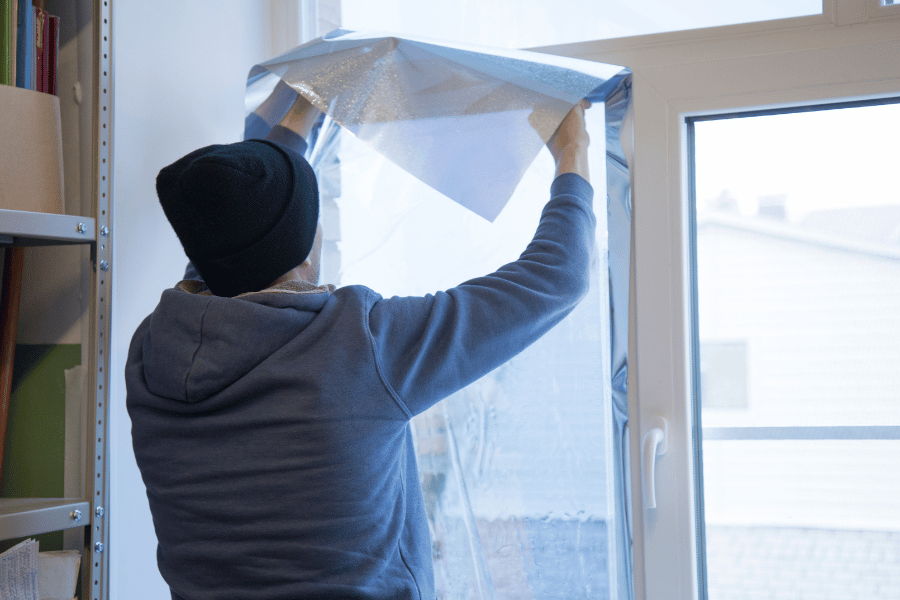
9. Focus on maintaining your HVAC system
HVAC stands for heating, ventilation, and air conditioning. These systems heat and cool the whole house in conjunction with furnaces, air conditioners, thermostats, and ductwork.
HVAC systems work by moving the air between the outside and inside to keep the home at the right temperature, depending on the season and your personal preferences. If this isn't working properly, you will end up paying a lot of extra money for heating and cooling.
Maintaining an HVAC system includes changing the air filter, cleaning the outdoor condensing unit, cleaning the outdoor unit, checking the air conditioner drain line, and getting regular maintenance. As the homeowner, it will be your responsibility to maintain your HVAC to avoid causing damage, loss of money, and issues with the air.
Your HVAC system may be experiencing problems if there is any corrosion, dirt, debris, or leaks. Ensure the HVAC system works properly during the inspection to avoid paying for any issues the previous owners left.
10. Limit the use of heat-producing appliances
Heat-producing appliances like ovens or clothes dryers may emit a lot more heat into your home than you might think. You don't need to completely cut out your use of these heat-producing appliances at all hours of the day. Try avoiding or limiting your use of them during the hottest parts of the day to cut cooling costs.
These appliances will raise the indoor temperature of your home and make your air conditioner run longer, leading to more energy and increased cooling costs. In addition, high utility rates and electricity demand are often associated with peak daytime hours. If you limit your use of these appliances during these times, you will greatly reduce the stress on your cooling system.
During these times, you can instead use a microwave or slow cooker which will lead to less heat production.
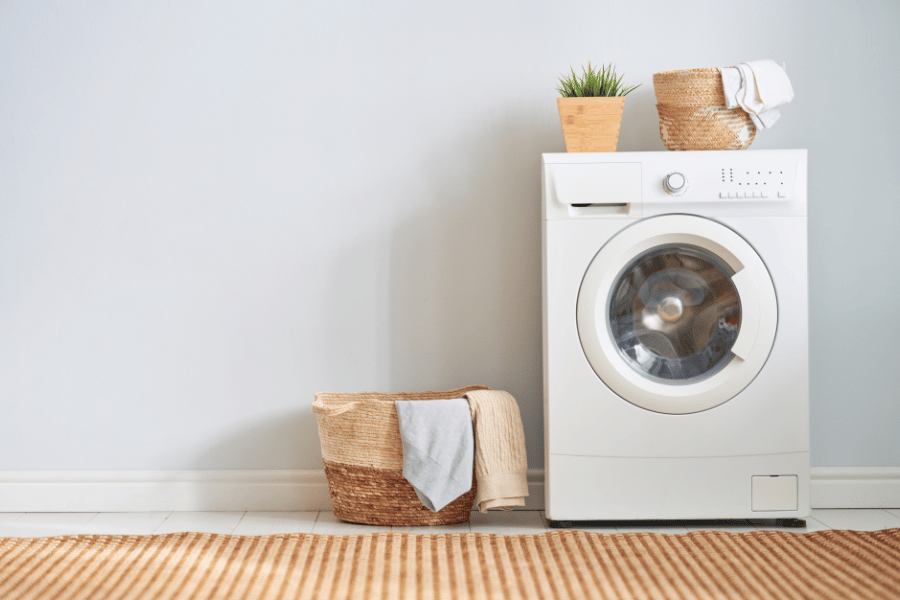
Methodology
We used data from many different sources to help determine how much homeowners spend on heating and cooling costs. Most of the data was sourced from the following sources:
- The Department of Energy (DOE)
- The Energy Information Administration (EIA)
- The North Carolina Department of Environmental Quality (DEQ NC)
FAQ: Tips to Cut Cooling Costs
Here are some commonly asked questions about how to cut cooling costs.
What is the cheapest way to cool a house?
There are many budget-friendly ways to cool your house, including ceiling fans, servicing your air conditioning unit, placing plants near windows, and limiting heat-producing appliance use.
What is the cheapest temperature to keep your house?
Ideally, your indoor temperature should be similar to the temperature outside. However, this can be uncomfortable if it is extremely hot or cold outdoors. A good rule of thumb is keeping your thermostat to around 68°F to 70°F and setting it lower while you're asleep or not at home.
Is it cheaper to have fans or air conditioning?
Fans are always much cheaper than air conditioners, although most homeowners prefer air conditioners.
Do fans run up the electric bill?
Leaving fans on at all times can run up the monthly utility bill, so it is a good idea to turn them off when you aren't home for an extended period of time.
How much does it cost to install a cooling system in a house?
A brand-new HVAC system can cost anywhere between $5,000 to $34,000, but the average is about $8,000. A 2,000-square-foot home most likely needs an HVAC system with about 80,000 BTUs, costing between $6,000 and $12,000, including installation.
Tips to Cut Cooling Costs - The Bottom Line
When buying a new home, there will be many things to consider and pay for. As you build your new budget, you may find many areas where it is easy to cut costs. Cutting cooling costs is proven to be difficult, especially during the summer months, but there are many easy ways to cut costs.
The main way to cut down on cooling costs is to ensure your air conditioning system doesn't have to work as hard to maintain a comfortable temperature and keep the cool air in.
U.S. households typically spent approximately $176 monthly on electricity bills during June, July, and August 2023. This will add up quickly but is completely avoidable if you take the correct actions.
There are many ways to lower your water and cooling bills. Be mindful of your day-to-day actions and how they may impact your utility bills.
If you are searching for your next home, Raleigh, NC, is one of the fastest-growing areas in the country and has many beautiful homes for sale; you'll have to act fast if you want to buy your dream home in one of Raleigh's best neighborhoods.
Before you buy your next home in the Triangle, feel free to contact one of our helpful real estate specialists, as they are eager to help you find the perfect home. We know that buying a home can be overwhelming, so make sure you are prepared beforehand.

Ryan Fitzgerald
Hi there! Nice to 'meet' you and thanks for visiting our Raleigh Real Estate Blog! My name is Ryan Fitzgerald, and I'm a REALTOR® in Raleigh-Durham, NC, the owner of Raleigh Realty. I work alongside some of the best Realtors in Raleigh. You can find more of my real estate content on Forbes, Wall Street Journal, U.S. News and more. Realtor Magazine named me a top 30 under 30 Realtor in the country (it was a long time ago haha). Any way, that's enough about me. I'd love to learn more about you if you'd like to connect with me on Facebook and Instagram or connect with our team at Raleigh Realty. Looking forward to connecting!
Related Blogs
